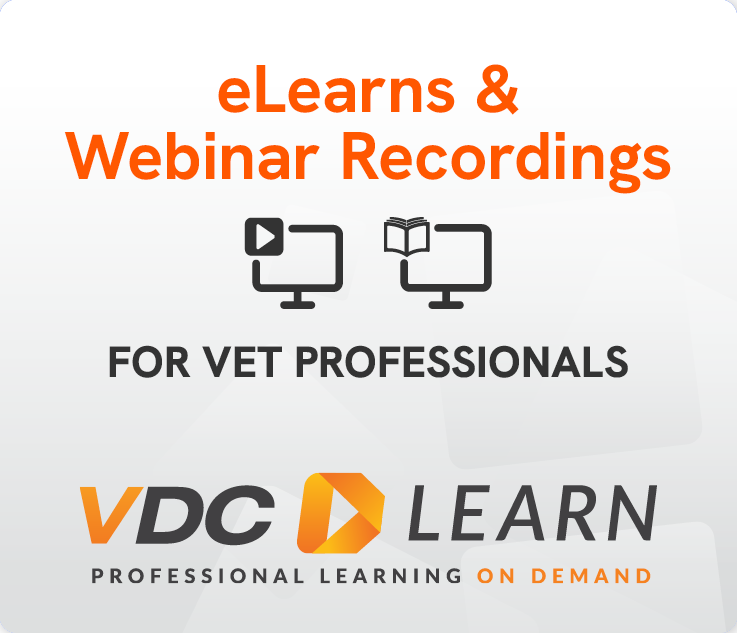When teachers offer constructive feedback, they help students drive their own learning.
Feedback is to learning like water is to swimming. Educational research has frequently reinforced the finding that constructive feedback is among the handful of most potent teaching strategies going around. One global teaching practice guru – John Hattie of the University and Melbourne and Chair of the Australian Institute for Teaching and School Leadership – ranks feedback as the fourth most powerful teaching effect on student learning.
Good feedback isn’t a mysterious teaching skill, though it is important to avoid unhelpful feedback practice that inadvertently undermines learning. Once the known characteristics of effective feedback are embedded in practice it’s down to continuous improvement through review and reflection.
An advanced guide to giving feedback
A helpful introduction to feedback practice is How to give feedback to students: The advanced guide for teachers who want to improve how well their students do at school (25 pages – once you provide your name and email address the booklet is emailed to you).
Yes, it’s written for school teachers. But in the same way that effective feedback practice follows the same principles for a Prep and a Year 12 learner, so it applies to VET and higher education learners, school leavers and adult learners alike. Made available by the Australian Society for Evidence Based Teaching, the booklet outlines what effective feedback looks like and then divides its attention into five sections:
- Types of feedback (7 pages)
- Getting your feedback heard (3 pages)
- Goals and feedback (2 pages)
- The 10 do’s and don’ts of feedback (1 page)
- Feedback from student to teacher (2 pages).
The guidelines for teaching practice are easy to grasp. For example, the three types of feedback – basic, instructional, and coaching – are described. About basic feedback the booklet says in part:
Research shows that the simple act of providing the correct answer has far more impact than just telling [your students] their result (e.g., right, wrong, the total score, the percentage).
We call this basic feedback because you’re giving students very basic information. However, your feedback must still include the two essential elements – information about:
- Their current work (right or wrong)
- The correct answer (which prompts them to think about where they went wrong).
However, for students to be able to do this, they must have already developed some degree of mastery over the material. Therefore, you should only use basic feedback with advanced and intermediate learners.
The booklet’s single page listing of do’s and don’ts is a handy ready checklist you can refer to in classrooms, webinars or workshops.
Other feedback resources
John Hattie joined with Helen Timperley, another global guru of effective teaching practice, to compose an excellent article, ‘The power of feedback’ (33 pages). Published in the Review of Educational Research, this 2007 academic article offers a thorough background to feedback practice.
If the long read is not your thing, there’s a snappy YouTube summary of the article here (3 mins 26 secs).
In 2014, Melbourne University’s Centre for the Study of Higher Education released Good Feedback Practices: Prompts and guidelines for reviewing and enhancing feedback for students (20 pages). It includes a self-assessment guide that assists teachers to review and revise their own feedback practices.








